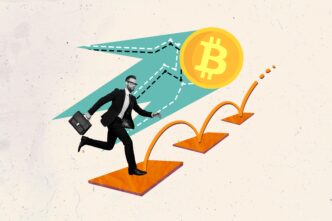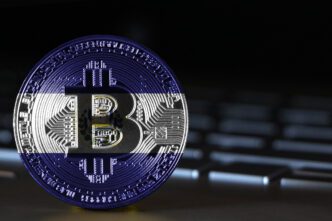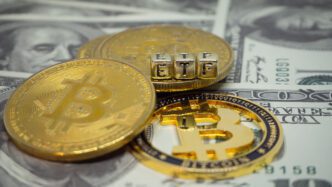Amid growing fears of rising inflation, Americans are also bracing for a potential increase in unemployment, as President Donald Trump prepares to announce a sweeping set of tariffs. Consumer sentiment has sharply declined by 12% this month, according to the latest University of Michigan survey released on Friday. This decline surpasses the dip reported in an earlier preliminary reading. Respondents attribute their apprehension to Trump’s unpredictable trade policies.
“Consumers continue to worry about the potential for pain amid ongoing economic policy developments,” stated Joanne Hsu, the survey’s director. Alarmingly, two-thirds of consumers expect unemployment to rise over the next year, marking the highest expectation level since 2009.
On Wednesday, Trump is expected to introduce reciprocal tariffs, matching those imposed by foreign countries on the United States. This follows his recent announcement of a 25% tariff on all car imports, set to take effect on April 3. In recent weeks, Trump has already imposed tariffs on metals and increased duties on Chinese imports to 20%.
The survey’s “expectations” index, which reflects respondents’ economic outlook, plummeted by 18%, marking a decline of over 30% since November 2024. Notably, the pessimism isn’t confined to Democrats and Independents; Republicans are also expressing growing concerns regarding their financial situation, business conditions, unemployment, and inflation.
Inflation expectations for the coming year have risen to 5% this month from 4.3% in the previous month, reaching their highest level since November 2022. Long-term inflation expectations over the next 5 to 10 years have also surged to 4.1%, their highest since February 1993.
“It’s natural for people to expect higher prices because we haven’t seen a trade war like this since McKinley,” remarked Art Hogan, chief market strategist at B. Riley Financial, in a conversation with CNN’s Matt Egan. He noted that while sentiment presents “soft data,” which can often diverge from actual economic actions, the ongoing struggle between soft and hard data remains unresolved.
For now, Federal Reserve officials have maintained that long-term inflation expectations are largely under control. However, this could change if consumer expectations continue to drift negatively. If predictions of rising unemployment materialize, this adds complexity to the Fed’s task. The Fed closely monitors public perceptions of prices, given that expectations can become self-fulfilling; if people anticipate sustained inflation, they may adjust their spending habits.
Alberto Musalem, President of the St. Louis Fed, emphasized, “If inflation expectations are threatening to become unanchored or becoming unanchored in the long term, then the balanced approach may not work,” at an event in Paducah, Kentucky. This scenario would see the Fed focusing more on stabilizing prices, potentially ruling out further rate cuts for the foreseeable future. In contrast, if the economy weakens significantly, with unemployment rising, the Fed might typically lower borrowing costs to spur economic activity.
Recent data shows consumer spending rebounded in February, rising by 0.4% after a decline in January, although dining and hotel expenditures saw notable cutbacks. Consumer spending accounts for approximately 70% of economic output, signaling that any slowdown in this area could hinder the broader US economy.
“The latest consumer health check revealed consumers are increasingly apprehensive about spending amid sticky inflation trends and pre-emptive inflation anxiety from tariffs, flagging consumer sentiment and rising job insecurity,” noted Lydia Boussour, senior economist at Ernst & Young, in her commentary on the issue.
The Bottom Line
For everyday Americans, the looming uncertainty surrounding tariffs and inflation could directly impact their financial security and purchasing power. As consumer sentiment dips, there is potential for reduced spending, which forms a critical part of economic growth. Rising costs from tariffs can translate to higher prices for goods, affecting household budgets and lifestyle choices.
Communities and local businesses might face challenges with fluctuating demand and increased operational costs, which could result in fewer job opportunities or wage stagnation. Moreover, if unemployment expectations materialize, it could lead to a tougher job market, impacting household stability and economic resilience.
As economic policies continue to unfold, staying informed and adapting to potential shifts in job markets and cost structures will be vital for consumers and businesses alike. Understanding these dynamics can help individuals prepare and strategize for potential financial implications, ensuring they remain resilient in the face of economic challenges.





